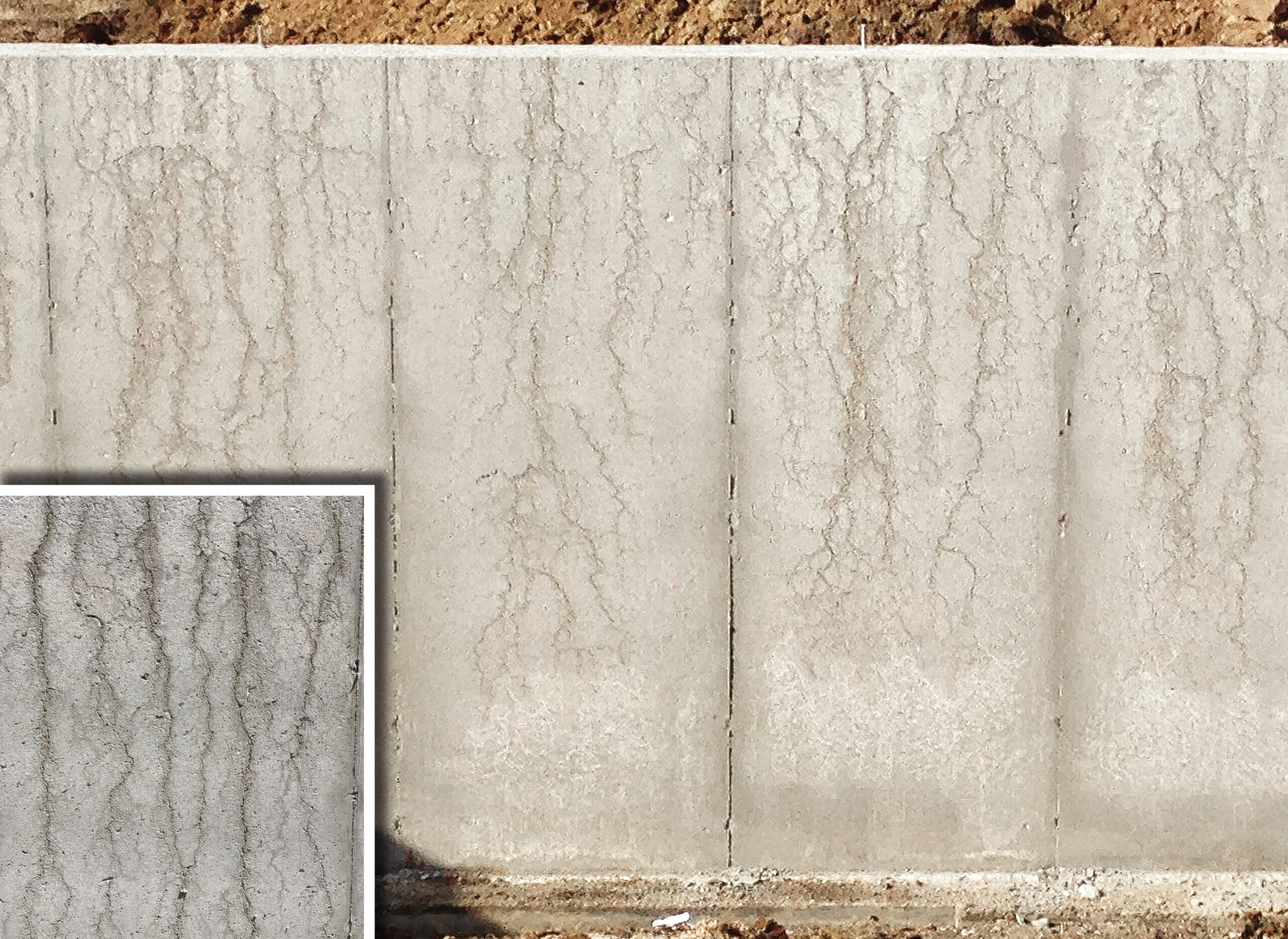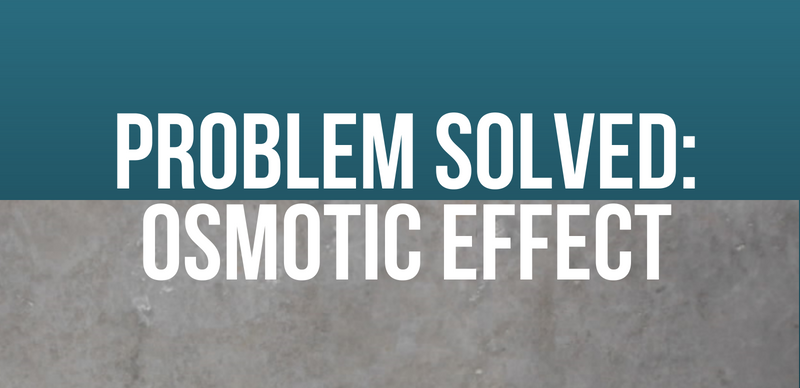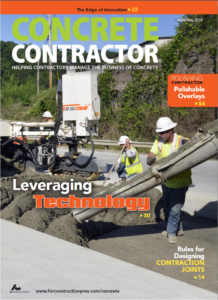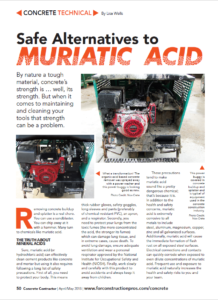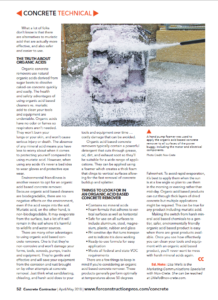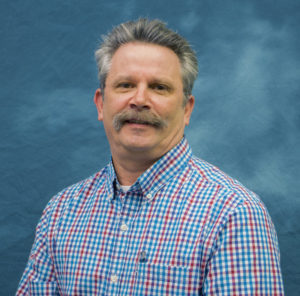What is the Osmotic Effect?
"Osmotic effect” occurs when water migrates out of a tilt-up panel into the casting slab during the critical hydration process. Cement on the downside of the panel does not completely hydrate. Effects range from minor panel surface defects like dusting to more severe damage like complete skin pull-off.
Why does it Happen?
When wet concrete from a newly poured panel is cast against a casting slab with less water content, a gradient forms. Water draws out of the panel and into the casting slab through osmosis. The difference in moisture content between the panel and the casting slab affects the osmotic force, or pressure, necessary to reach equilibrium between the two.
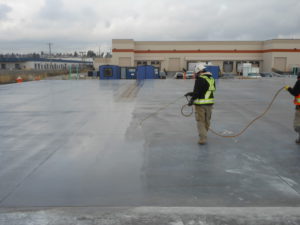 Osmosis is further encouraged by the force of gravity naturally pulling water out of the panel and into the casting slab. Additionally, a temperature gradient often exists between cooler freshly poured concrete and the warmer casting slab. This can contribute to osmosis as water draws into the casting slab.
Osmosis is further encouraged by the force of gravity naturally pulling water out of the panel and into the casting slab. Additionally, a temperature gradient often exists between cooler freshly poured concrete and the warmer casting slab. This can contribute to osmosis as water draws into the casting slab.
How can I Prevent the Osmotic Effect?
The most effective preventative measure against the “osmotic effect” is to eliminate the previously mentioned gradient differentials from the start. This is achievable by saturating the casting slab with water before placing the concrete panel. This increases the water concentration in the casting slab, eliminating the gradient, which in turn eliminates osmosis. Please note that removal of excess water from the casting slab immediately prior to panel placement is crucial. Otherwise, the reverse effect of too much water can cause surface dusting.
Another key step in preventing the osmotic effect is using a chemically active, breathable cure and bondbreaker. This will reduce water migration through the bondbreaker while allowing vapor transmission. 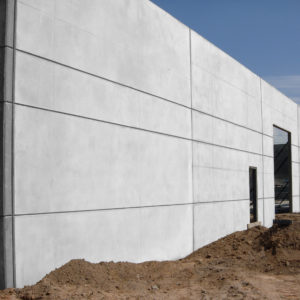 Chemically active Silcoseal Select forms an amorphous gel which effectively seals concrete surface pores, restricting moisture exit or entry and retaining concrete mixing water to assist in proper hydration. Silcoseal Select resists osmosis by restricting water’s migration from freshly poured concrete through the bondbreaker into the less moist slab.
Chemically active Silcoseal Select forms an amorphous gel which effectively seals concrete surface pores, restricting moisture exit or entry and retaining concrete mixing water to assist in proper hydration. Silcoseal Select resists osmosis by restricting water’s migration from freshly poured concrete through the bondbreaker into the less moist slab.
Additionally, a silicate based hardener, sealer and dustproofer such as Duro-Nox provides added resistance to the “osmotic effect”. I reacts with hydrated lime in the casting slab to densify, harden, and reduce the porosity of the slab surface, thereby reducing the opportunity for osmosis to occur.
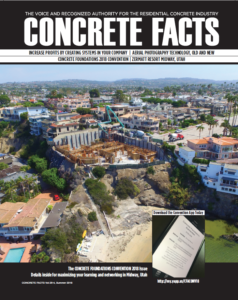 thods for seasoning aluminum forms as a solution to dealing with the reactivity between aluminum and concrete. Proper preparations are crucial in order to prevent buildup and achieve smoother surfaces. Read "Dealing with the Reactivity of Aluminum Forms and Concrete" in the Summer 2018 edition of Concrete Facts magazine!
thods for seasoning aluminum forms as a solution to dealing with the reactivity between aluminum and concrete. Proper preparations are crucial in order to prevent buildup and achieve smoother surfaces. Read "Dealing with the Reactivity of Aluminum Forms and Concrete" in the Summer 2018 edition of Concrete Facts magazine! chemical solutions to concrete problems
chemical solutions to concrete problems